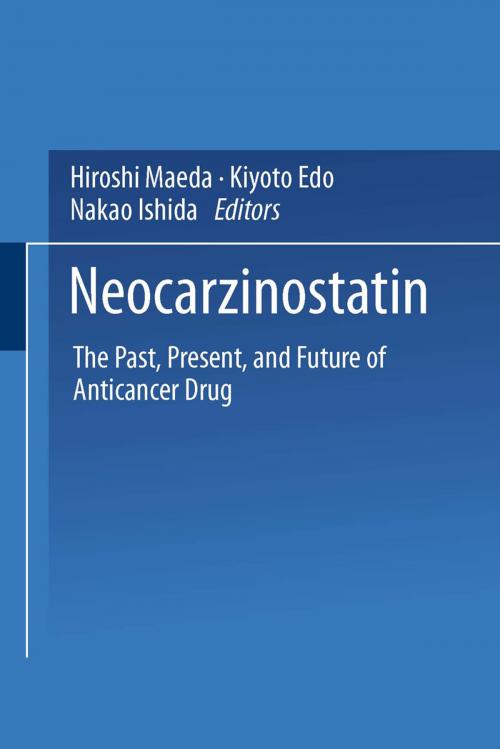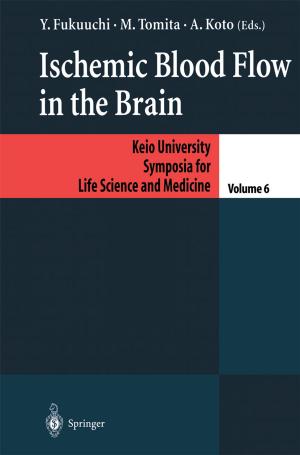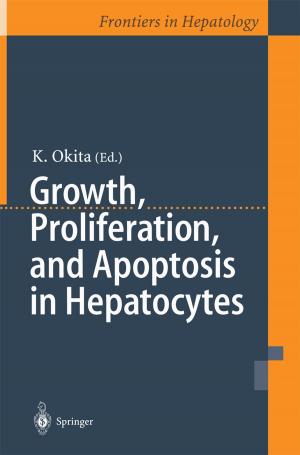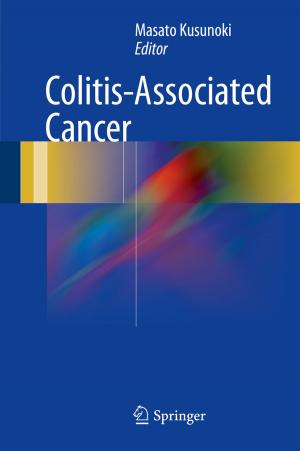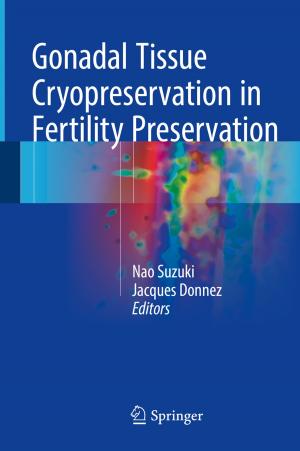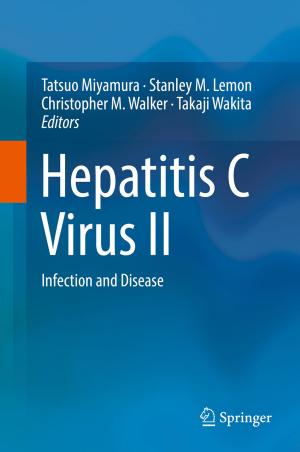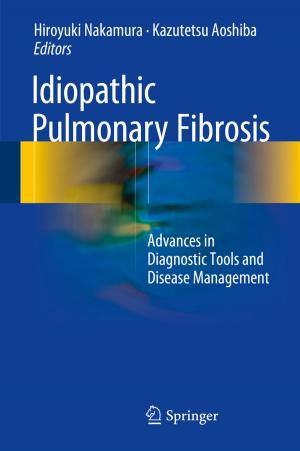Neocarzinostatin
The Past, Present, and Future of Anticancer Drug
Nonfiction, Health & Well Being, Medical, Specialties, Oncology| Author: | ISBN: | 9784431669142 | |
| Publisher: | Springer Japan | Publication: | November 11, 2013 |
| Imprint: | Springer | Language: | English |
| Author: | |
| ISBN: | 9784431669142 |
| Publisher: | Springer Japan |
| Publication: | November 11, 2013 |
| Imprint: | Springer |
| Language: | English |
The 20th century has witnessed the great benefits of the development of antibi otics, which became a reality after World War IL More than 50 years ago I witnessed the miraculous therapeutic power of penicillin, when I was a student at the Tohoku University Medical School's Department of Bacteriology in Sendai, Japan. The late Dr. Kondo was a graduate student in the department at that time and developed the first crude penicillin preparation in Japan which was applied with dramatic results in two patients. Although there was patient-family consent at that time, ethics committees, randomization. mutagenesis tests, distribution studies, purity-criteria, and phar macokinetics were not yet in existence. Today, regulatory procedures have com plicated the whole drug-approval process. For example, any new antibiotics that have been proven effective in laboratory studies against gram-negative bacteria, as might exist in deadly plague bacteria, must still undergo a long and enormously costly regulatory process before they can be introduced to benefit society, and before government insurance can be applied.
The 20th century has witnessed the great benefits of the development of antibi otics, which became a reality after World War IL More than 50 years ago I witnessed the miraculous therapeutic power of penicillin, when I was a student at the Tohoku University Medical School's Department of Bacteriology in Sendai, Japan. The late Dr. Kondo was a graduate student in the department at that time and developed the first crude penicillin preparation in Japan which was applied with dramatic results in two patients. Although there was patient-family consent at that time, ethics committees, randomization. mutagenesis tests, distribution studies, purity-criteria, and phar macokinetics were not yet in existence. Today, regulatory procedures have com plicated the whole drug-approval process. For example, any new antibiotics that have been proven effective in laboratory studies against gram-negative bacteria, as might exist in deadly plague bacteria, must still undergo a long and enormously costly regulatory process before they can be introduced to benefit society, and before government insurance can be applied.
